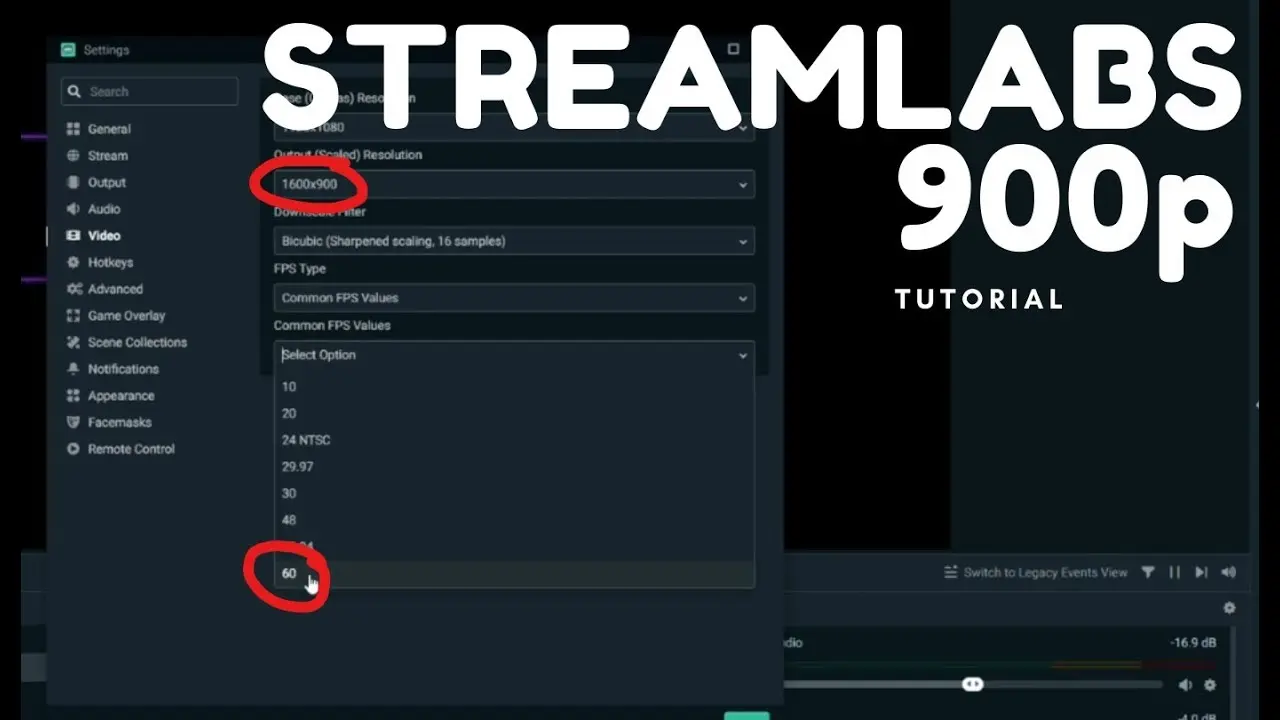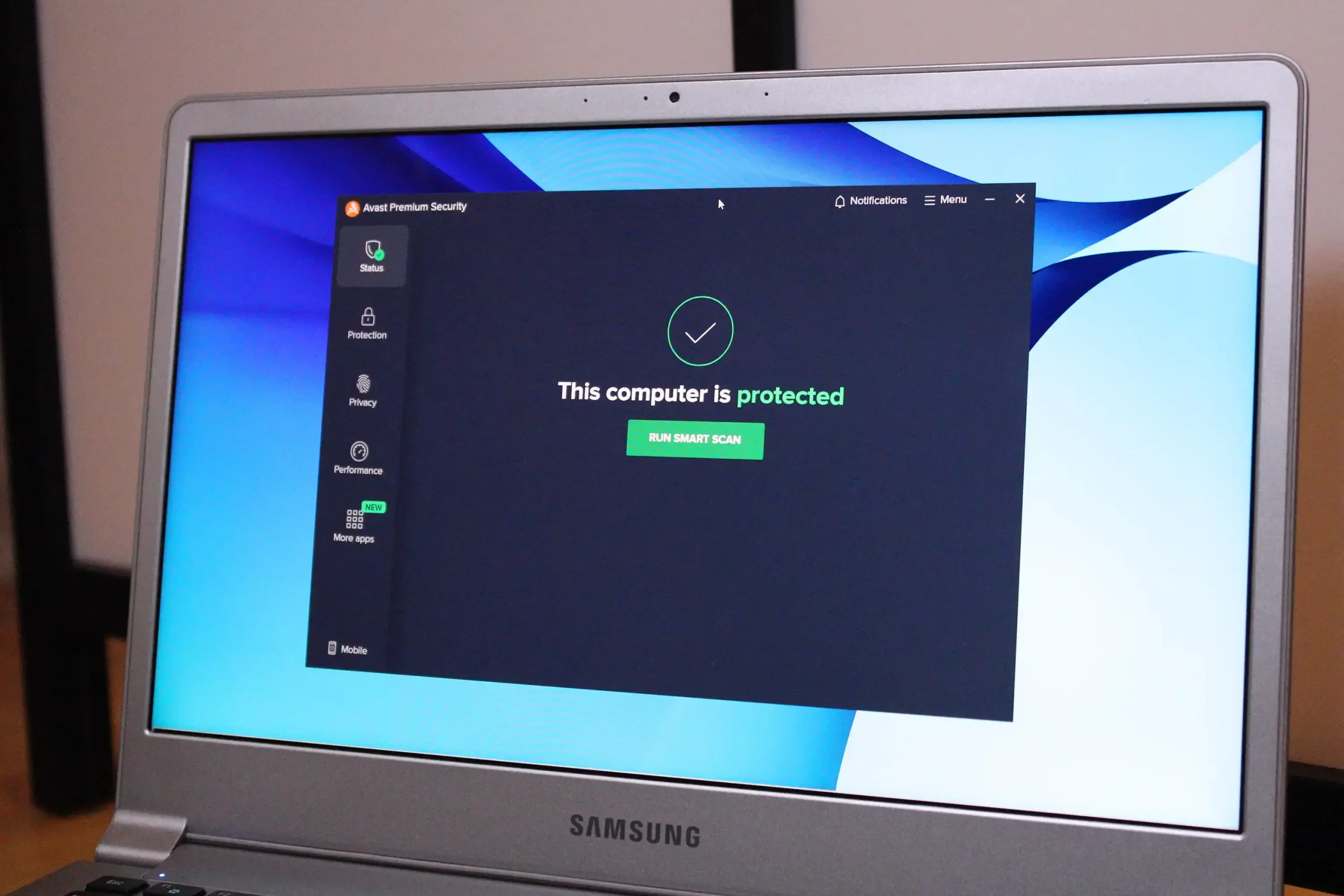The Ultimate Guide to Enhancing Your Streaming Quality

In the ever-evolving world of digital media, streaming quality remains a paramount concern for creators and viewers alike. With the increasing demand for high-definition content, understanding and implementing the best streaming quality options has become crucial. This comprehensive guide will explore the various strategies and technologies you can utilize to enhance your streaming quality significantly.
- Understanding Streaming Quality Options
- Software Solutions
- Online Platforms and CDNs
- Internet and Connection Strategies
- FAQs on Streaming Quality Options
- Conclusion
Understanding Streaming Quality Options

Streaming quality is influenced by a multitude of factors, from the hardware used to the settings on your broadcasting software. Knowing what options are available to improve this quality is essential for broadcasters aiming to provide a seamless and engaging viewer experience.
Hardware Enhancements
Invest in High-Quality Equipment
- Cameras: Opt for Full HD or 4K cameras to capture crisp, detailed video.
- Microphones: High-quality microphones ensure clear audio and are free from background noises.
Encoder Settings
- Video Codec: Use modern codecs like H.264 for efficient compression without quality loss.
- Bitrate: Adjust the bitrate to balance quality and stream smoothness.
- Frame Rate: A higher frame rate can enhance the fluidity of video playback.
Software Solutions
Optimizing Encoder Software
- Choose the Right Encoder: Whether hardware or software, selecting the proper encoder can make a significant difference.
- Settings Fine-Tuning: Customize settings such as frame rate and keyframe interval based on your streaming needs.
Browser and Network Optimization
- Limit Background Usage: Close unnecessary tabs and applications to free up bandwidth.
- Enhanced Network Settings: Optimize your network settings for improved data transmission.
Online Platforms and CDNs
Selecting a Professional OVP
- Reliability and Support: Choose platforms known for stability and customer support.
- Feature-Rich: Look for platforms offering extensive features like security and monetization.
Using a Robust CDN
- Global Reach: Ensure the CDN has a vast distribution network to reduce latency.
- Reliability: Select CDNs that provide consistent performance across various regions.
Internet and Connection Strategies

Reliable Internet Service
- High-Speed Internet: Essential for supporting high-quality streams without buffering.
- Wired Connections: Prefer Ethernet over Wi-Fi for a more stable connection.
Multi-Bitrate Streaming
- Adaptive Streaming: This technique adjusts video quality in real-time based on the viewer’s internet speed.
Frequently Asked Question
1. How does bitrate affect streaming quality?
Bitrate directly influences video clarity and smoothness. A higher bitrate generally improves quality but requires more bandwidth.
2. What is the best resolution for streaming?
While 1080p is standard, 720p can be sufficient for less demanding content, balancing quality and performance.
3. Can the choice of encoder affect streaming quality?
Absolutely. A suitable encoder will compress your video efficiently, preserving quality while minimizing bandwidth usage.
4. Why is a CDN necessary for streaming?
CDNs reduce latency by storing content on servers close to the viewer, enhancing the overall streaming experience.
5. How can I prevent buffering during live streams?
To minimize buffering, ensure your upload speed is sufficient for your stream’s bitrate. Consider lowering the bitrate or using adaptive bitrate streaming to adjust the quality dynamically based on the viewer’s connection speed.
Q6: What role does audio quality play in streaming? A6: Audio quality is crucial as it affects viewer engagement and satisfaction. Poor audio can detract from high-quality video, so use professional microphones and ensure your audio encoder settings are optimized.
Q7: How does server location impact streaming quality? A7: The closer the server (or CDN node) is to your audience, the lower the latency and the smoother the streaming experience. Choose a CDN with a wide geographic spread to effectively cover your target audience.
Q8: Should I stream in 4K? A8: While 4K provides superior video quality, it requires significantly more bandwidth and powerful hardware, both for the broadcaster and the viewer. Assess your audience’s capability to handle 4K streams before deciding to broadcast at this resolution.
Conclusion
Improving streaming quality is not just about upgrading your hardware; it involves a holistic approach, including software optimization, network enhancements, and choosing the right service platforms. By understanding and implementing the diverse streaming quality options available, broadcasters can ensure their content not only reaches their audience in the best possible format but also provides an engaging and enjoyable viewing experience. Elevate your streaming game today by embracing these essential quality improvements.






